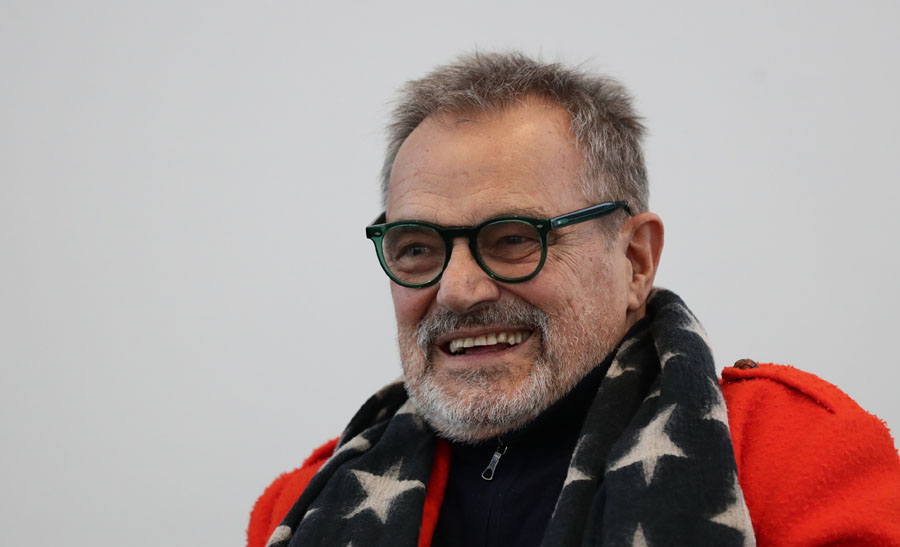The world of visual art and communication has lost one of its most brilliant minds. Oliviero Toscani, who passed away on January 13, 2025 at the age of 82 in Cecina, Italy, due to a degenerative disease, transformed photography into a universal language capable of provoking, moving and challenging conventions. Toscani was not simply a photographer: he was a visionary who revolutionized marketing, making it a vehicle for profound reflections on social and cultural issues.
L’Uomo Dietro l’Obiettivo.
Born in Milan on Feb. 28, 1942, Toscani breathed art from a young age, thanks to his father Fedele, a photojournalist for Corriere della Sera. After graduating in photography from the prestigious Kunstgewerbeschule in Zurich in 1965, he began a career that led him to collaborate with major international fashion magazines, such as Vogue, Elle and Harper’s Bazaar. However, it was his ability to break the barriers of conformity that distinguished him from the start.
The campaigns that have made history are many.
The real consecration came with the collaboration with United Colors of Benetton in the 1980s. Toscani, in the role of creative director, transformed advertising campaigns into “social manifestos.” Through bold and often provocative images, he was able to address issues such as racism, the death penalty, AIDS and war. Some of his most iconic works include a picture of a nun kissing a priest, a picture of a newborn baby still covered in blood, and a picture of a terminally ill AIDS patient surrounded by his family. These were not mere advertisements: they were visual messages capable of generating debate and sometimes scandal. Even outrage. But then again, art has always been one of the most questionable things.
His philosophy was clear: advertising should not just sell products, but should shake consciences, stimulate questions, and push the public to think about important issues. Toscani redrew the boundaries between art, marketing and social activism, creating a new visual language that remains unique in the history of communication.
In 1991 he founded Colors, a magazine conceived as “a newspaper for the world.” Each issue dealt with a global theme, using images and stories that transcended cultural and language barriers. Two years later, he created Fabrica, a research center for creativity, where young talent from around the world could experiment with new languages in communication.
An Indelible Legacy, is what he leaves behind today. After all, that was always his intent.
Oliviero Toscani was not just a photographer, but a storyteller who used light and shadows to tell truths, even uncomfortable, irreverent ones. His ability to see the world from a different perspective and turn every image into a manifesto made him one of the most influential innovators in modern marketing.
Despite the criticism that accompanied him throughout his career, his work taught the world that advertising is not only a means to persuade, but can also be a tool to educate and change. Toscani firmly believed that “conformity is the death of creativity,” a principle that guided his every choice.
With his passing, the world loses not only a talented photographer, but an artist who interpreted his time with extraordinary lucidity. Oliviero Toscani leaves a legacy that will continue to inspire generations of communicators, artists and innovators.
His message remains clear: the power of an image can change the world. And in this, Oliviero Toscani has been, and always will be, a master.
Hi Oliviero.
The article Oliviero Toscani: Innovator of Photographic and Social Marketing comes from TheNewyorker.

